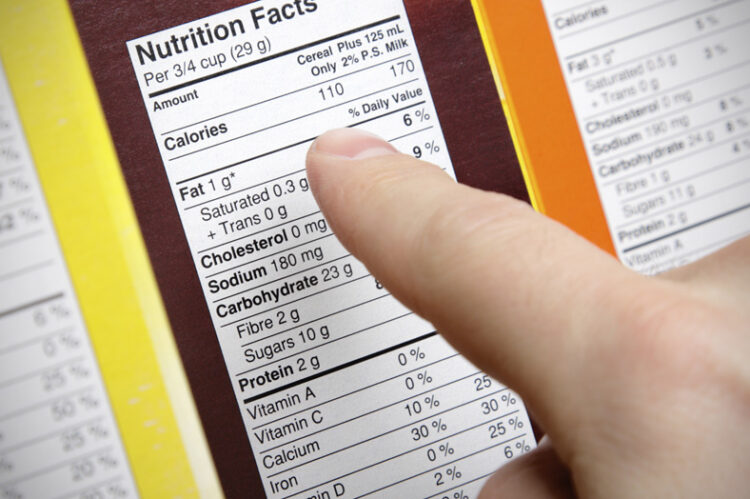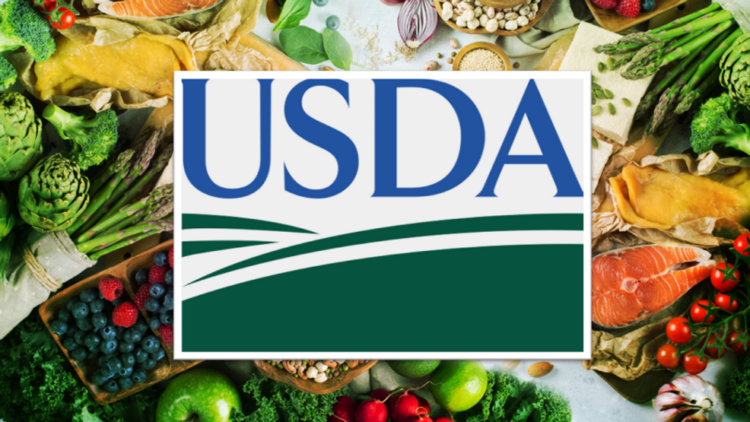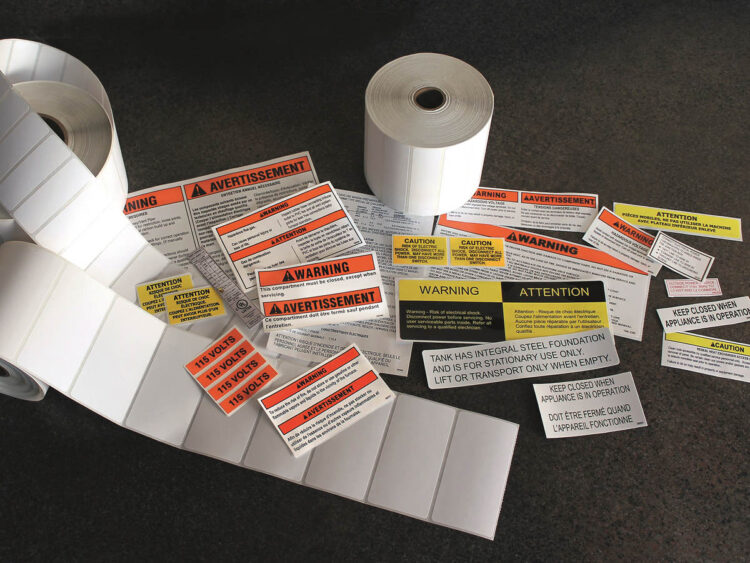While it is true that if you sell a low-quality product, no amount of ingenious branding or perfect labeling will boost your sales, you still can’t forget about the label. Labels are a lot more important than many are led to believe.
Even though we are taught not to “judge the book by its cover”, we actually do judge by the cover – a lot. A large portion of our purchases are influenced by labels and packaging, which is why it is important for manufacturers to get their labels and packaging just right.
Now, we’re not just talking about the design of the label. While it is true that design is quite important, today, we want to shift our focus towards another aspect of packaging and labeling – the product labeling requirements.
Generally speaking, there are three key factors that constitute a good label, and those three are – cultural fit, accurate translation (if necessary), and compliance with local rules and regulations.
Now that we know that, let’s get further into detail and see what the things you need to know about product labeling requirements are.
1. Cultural Fit

Whether you sell your products locally, domestically, or internationally – you need to make your packaging culturally appropriate. Being culturally appropriate will make a world of difference in whether your product sells or not.
This should be a pretty easy job if you’re only selling your product locally or domestically, or if you live in a country with not a lot of cultural and ethnic diversity. Since you’re manufacturing and selling the products to the people you’re surrounded with, you probably have a really good idea of what will work or not because you are more than familiar with the culture of the people you’re selling your products to.
On the other hand, if you’re selling your products internationally, you should probably think about rebranding or altering your labels and packaging. This will allow you to connect with the people you’re selling to, but most importantly, it will help you avoid potentially insulting or offending someone. All of this is especially true nowadays, because of the social environment we’re living in. So, feel free to alter your labels if you’re selling internationally.
2. Accurate Translation
Another thing you need to pay special attention to, if you’re selling internationally, or even online, is that you accurately translate your labels.
Unlike rebranding to appease the culture of the market, you don’t really have much freedom when it comes to translating. In fact, you don’t have any freedom at all. Your labels will most likely list ingredients, materials, instructions, safety information, and so on, and none of it can be subject to change. You are required, by law, to accurately translate all that information.
This is why, sometimes, you can see the products with an additional label glued onto the packaging, if the original label does not contain the necessary information in the native language of the country it is being sold at. According to labels123, you can notice this “additional label” trend with imported skin and body care products.
3. Compliance With Regulations
This is where it gets interesting. Regulatory compliance is not only different from product to product, but is also different from one country to another, or even from state to state.
Regulatory compliance includes a lot more than just accurate translation. These regulations govern the type of information that’s printed, the way it is printed, and even formatting or fonts used. If you do not comply with these regulations, you will be subject to legal action, and your products will be removed from shelves. So, this is not something you should take lightly, as it could cost you quite a lot.
Now, let’s explore regulations for different products and markets.
4. Food Labeling Requirements

The most important piece of information on food labels are the ingredients and potential allergens. In addition to that, every food-related product must have the expiration date, country of origin, nutritional information, as well as the address of the manufacturer and/or distributor printed on the label.
As we have previously stated, these regulations can vary from place to place, so here’s how it works in the US and Canada.
US Food Labeling Requirements

In the US, FDA regulates most food labels, with the exception of meat, poultry and eggs. These three are under the jurisdiction of the USDA. But, in addition to FDA and USDA, states could also impose their own labeling regulations and requirements, which means you’d also have to check the state’s laws to make sure you do everything right. Finally, all the information must be printed in English.
Canadian Food Labeling Requirements

In Canada, these regulations and requirements are outlined by two Canadian government’s acts. They state that all the necessary information must be provided in both English and French, with only a few exceptions. Additionally, labels must use net quantity symbols and locally appropriate units of measurement. Expiration dates must be in Y/M/D format.
5. Retail Labeling Requirements

Retail labeling requirements are not as strict as the food labeling requirements, and they differ greatly from product to product, or region to region. But even as such, there are some standardized elements that are present pretty much everywhere in the world. Those elements are – country of origin, name and address of the manufacturer and/or packer and distributor, brief description of contents and materials, and compliance marks for specific regulatory standards. Also, all the information must be provided in the local language, if the product’s sold internationally.
6. Electronics Labeling Requirements
Electronic labeling requirements also differ from country to country, as well as from product to product. However, in general, most electronics labels must contain safety information like voltage, power input/output ratings, warnings and descriptive component information.
Additionally, some electronics labels in the US must contain FCC compliance marks to indicate that the device is compliant with FCC’s rules and regulations.
Conclusion:

As you can see, labeling is much more complex than it may seem. Not only do you have to make them appealing, but you also have to make sure you do everything by the book. Hopefully, this article has brought you some clarity and has provided you with some guidance as far as what is required from a label from a legal standpoint.

